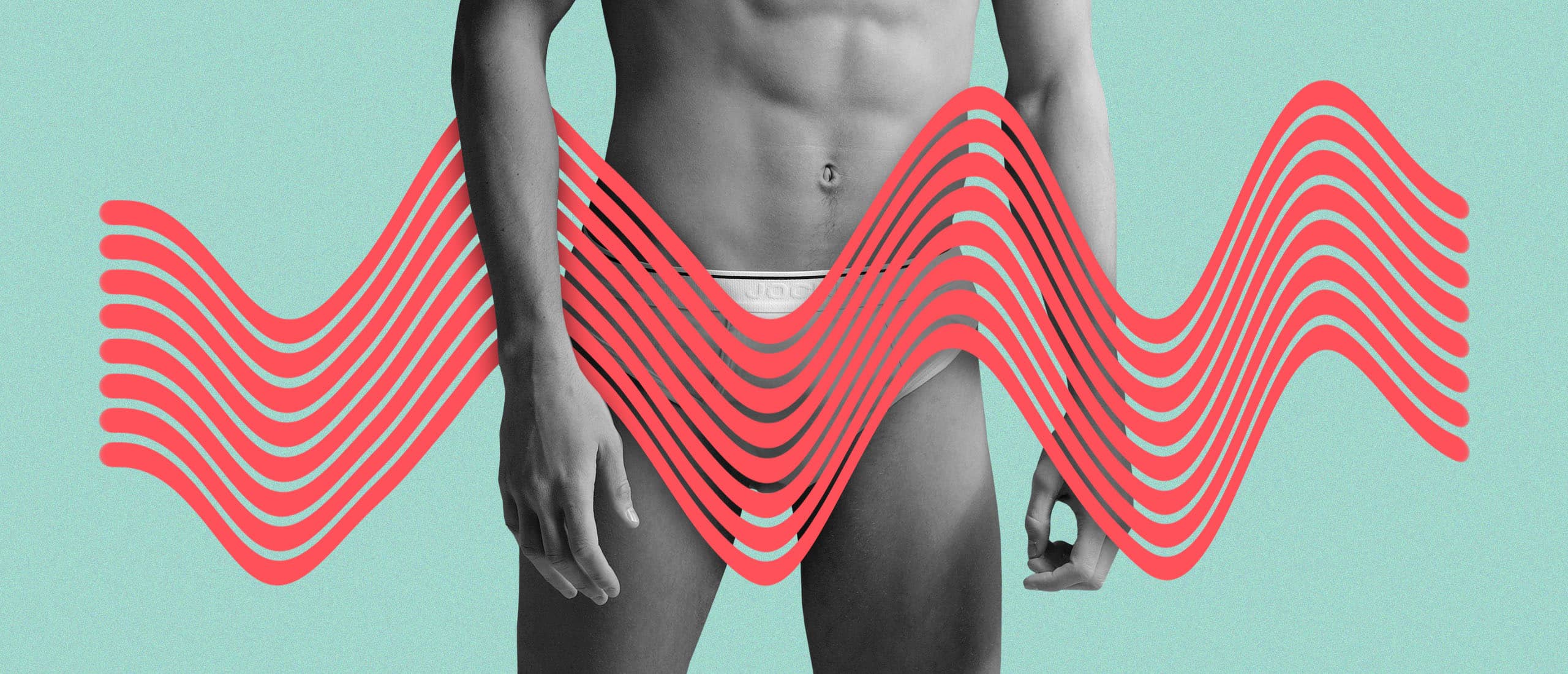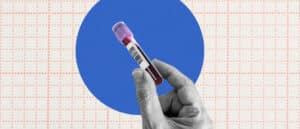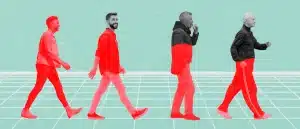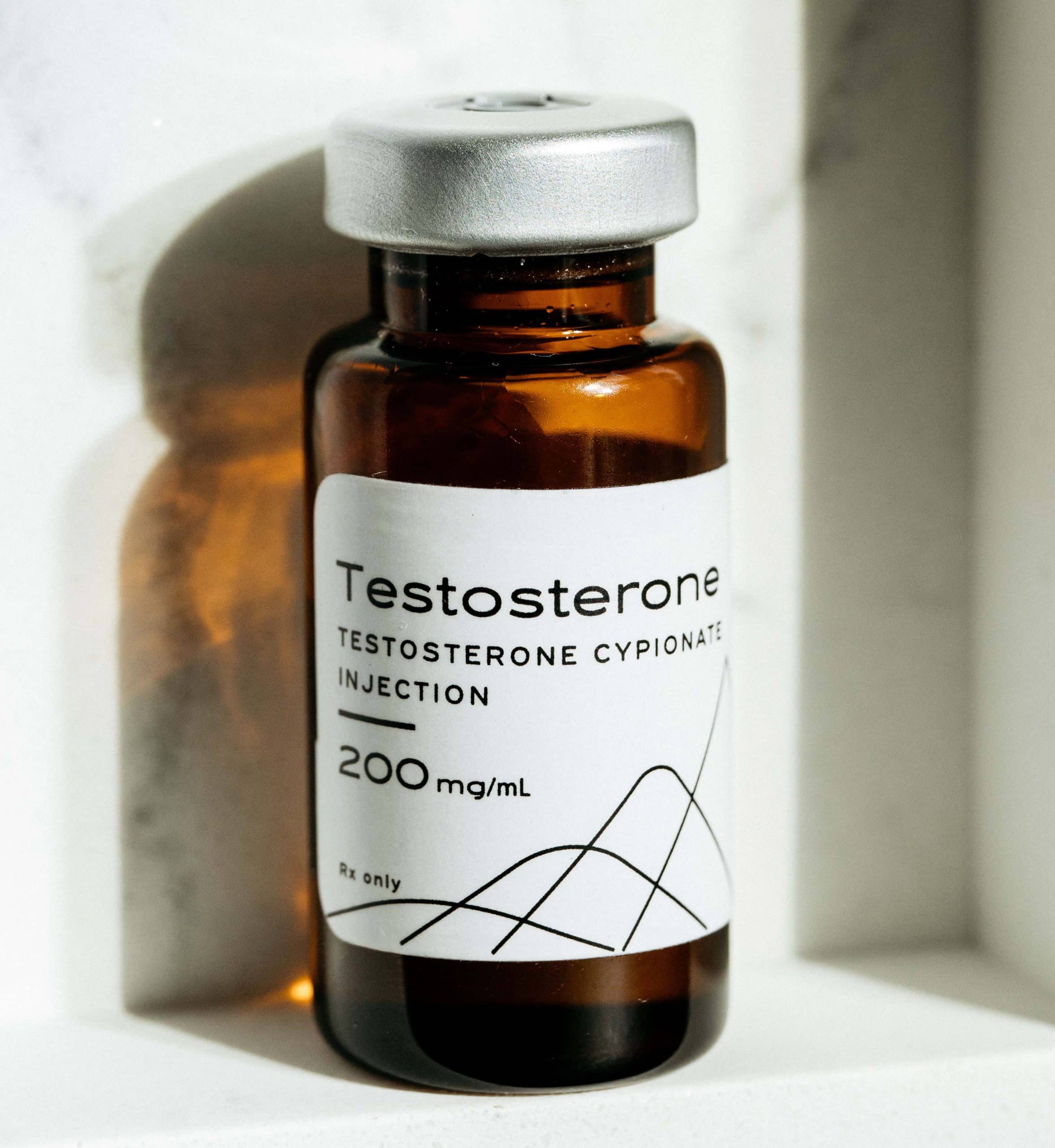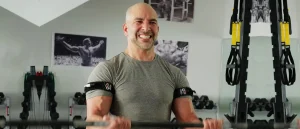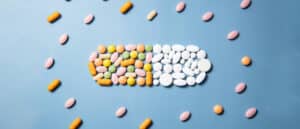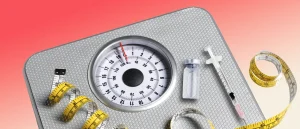Tech CEO Bryan Johnson Uses Shockwave Therapy to ‘Rejuvenate’ His Penis
T
he latest focus of Bryan Johnson’s 2-million-a-year full-body rejuvenation conquest, Project Blueprint? His Johnson.
Previously, Johnson has employed other controversial and experimental protocols like young blood transfusions, eating veggie mush, and taking 27 supplements each day in an effort to reverse his biological age to 18.
In a recent X post, the 49-year-old tech billionaire shared his ‘penis rejuvenation protocol.’ It involves getting six shockwave shockwave therapy treatments per week, along with daily erection tracking using the 4-point erection hardness score (EHS) and the International Index of Erectile Function (IIEF). He also uses a wearable erection tracker to check how often—and for how long—he gets hard at night. His goal: Boosting his total nighttime erection duration from 2 hours and 12 minutes to 3.5 hours.
A healthy adult male has up to six erections per night, each lasting 25 to 35 minutes, depending on sleep quality (1)—so Johnson wants to land on the high end of this average.
Started first penis rejuvenation therapy:
— Zero (@bryan_johnson) August 16, 2023
Focused shockwave therapy
6 treatments, 3x/wk
Cost $1-2k
Evidence: multiple randomized controlled trials showed that shockwave therapy improves erectile dysfunction. We are testing whether it improves total time nighttime erections,… https://t.co/pEqXA9ORNQ
“Nocturnal erections don’t have direct health benefits,” says urologist James Elist, M.D. “However “they serve as an indicator of healthy blood circulation and nerve function in the genital area.” If you have erectile dysfunction (Johnson hasn’t said ED is an issue for him), measuring them can help you figure out if the issue stems from blood flow issues or is caused by stress or other psychological factors, says Elist.
Johnson says that he tracks nighttime erections to keep tabs on his cardiovascular health and hormone health. The absence of nighttime erections can be a sign of cardiovascular problems like poor circulation, Elist explains. But if the cause of your ED is psychological, you’ll still get nighttime erections.
Hormones can also play a role. The number and duration of nighttime erections can decrease with age, “partially due to natural changes in hormonal levels, specifically testosterone,” says Elist.
Testosterone levels decline about 1% per year starting at around age 30. If they drop below what’s normal for your age, it can cause symptoms like fatigue, weight gain, and muscle loss. Getting fewer erections overnight could be another sign that you might want to get your testosterone checked.
What Is the Erection Hardness Score (EHS)?
The EHS is an American Urological Association-approved, self-scored scale used by many doctors to help patients assess their sexual function based on erectile stiffness.
A score of 1 means that your penis becomes slightly larger, but is not hard. Two indicates that your penis is hard, but not rigid enough for penetrative sex. Three means that you are hard enough to engage in penetrative sex, but not completely hard. And a score of 4 means the penis is fully hard.
Johnson says that he currently gives himself an EHS score of 4.
What Is the International Index of Erectile Function (IIEF)?
The IIEF, another science-backed ED scale, uses a five-point scoring system across five questions to self-report erectile function:
- How do you rate your confidence that you could get and keep an erection?
- When you had erections with sexual stimulation, how often were your erections hard enough for penetration?
- During sexual intercourse, how often were you able to maintain your erection after penetration?
- During sexual intercourse, how difficult was it to maintain your erection?
- When you attempted sexual intercourse, how often was it satisfactory for you?
Each question is scored from one to five. A score of 1 is very low, and a score of 5 is very high. When you tally up your points from each question, your score will fall into one of five categories:
5-7: Severe erectile dysfunction
8-11: Moderate erectile dysfunction
12-16: Z to Moderate erectile dysfunction
17-21: Mild erectile dysfunction
22-25: No erectile dysfunction
Johnson gave himself 25 points on the IIEF scale.
Shockwave Therapy for ED
Johnson says he uses a shockwave therapy device to strengthen his pelvic floor, which he believes improves his nighttime erections.
Shockwave therapy involves applying low-frequency vibrations to the genitals, according to Elist. These waves stimulate blood flow and penile tissue (2).
The treatment is typically recommended for individuals who experience difficulties with achieving or maintaining erections. “If an individual scores perfectly on self-reported erection scales like the Erection Hardness Score (EHS) or the International Index of Erectile Function (IIEF), indicating no erectile dysfunction, there may be limited benefit to undergoing shock therapy,” says Elist.
However, if you score low on the IIEF and EHS scales, a urologist can help you determine the cause of your ED and whether shockwave therapy could help.
“[Shockwave therapy] is particularly useful for individuals who have difficulty achieving erections through other means, such as oral medications,” Elist says. Just don’t DIY it. “This therapy is typically prescribed by medical professionals and should be used under their guidance.”
Hone’s at-home testosterone assessment is the simplest way to uncover whether your levels are low. If you qualify for treatment, TRT can be sent right to your door.



